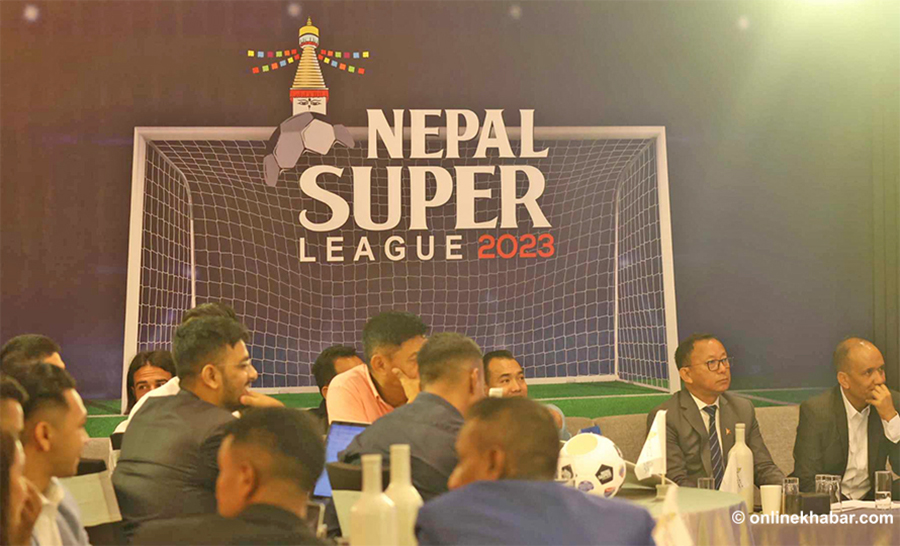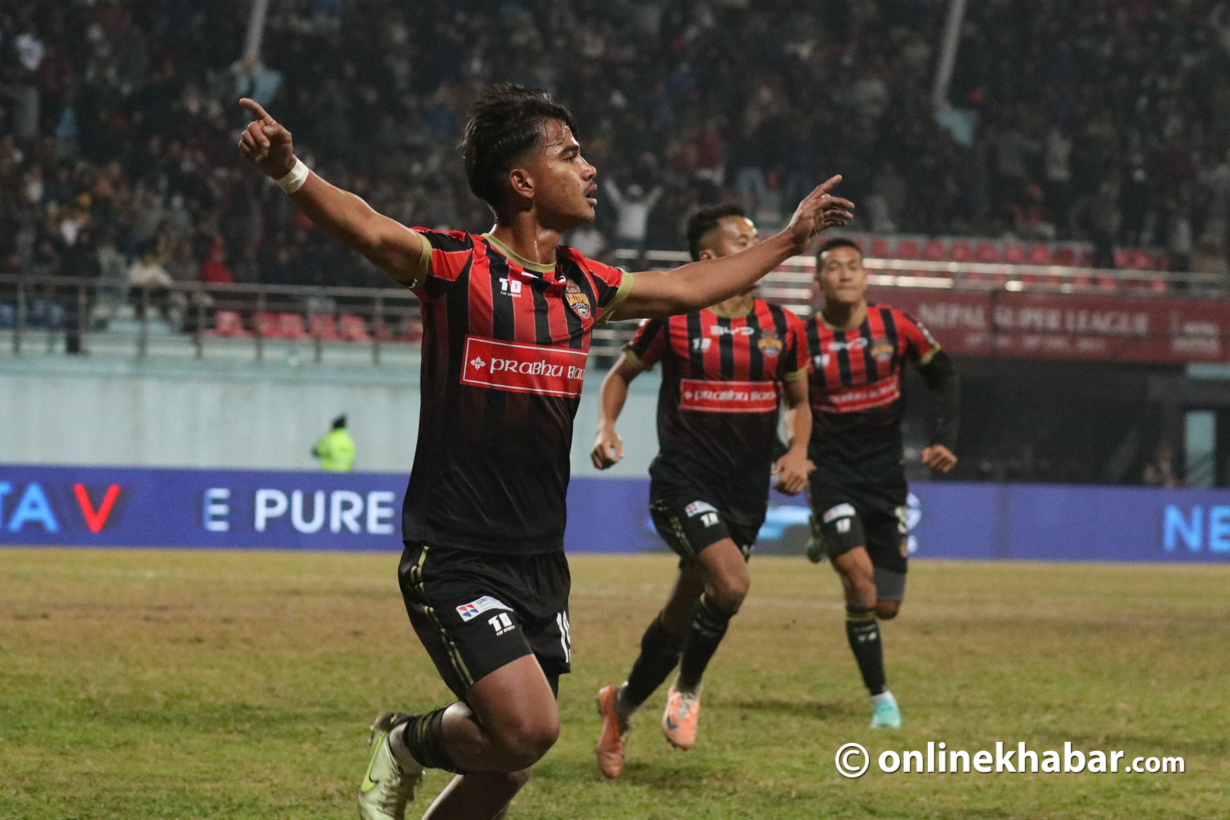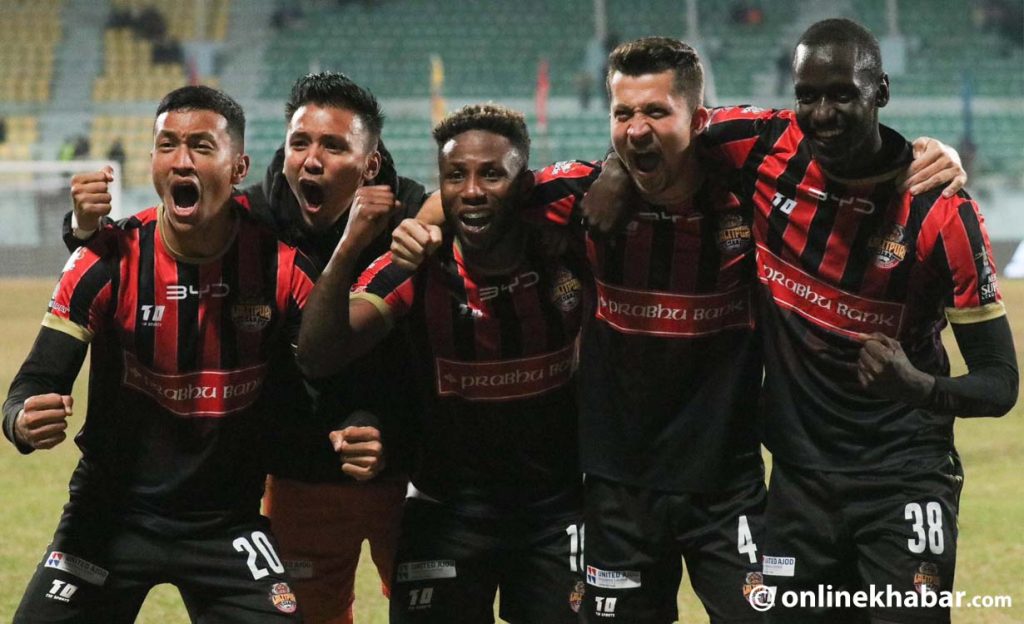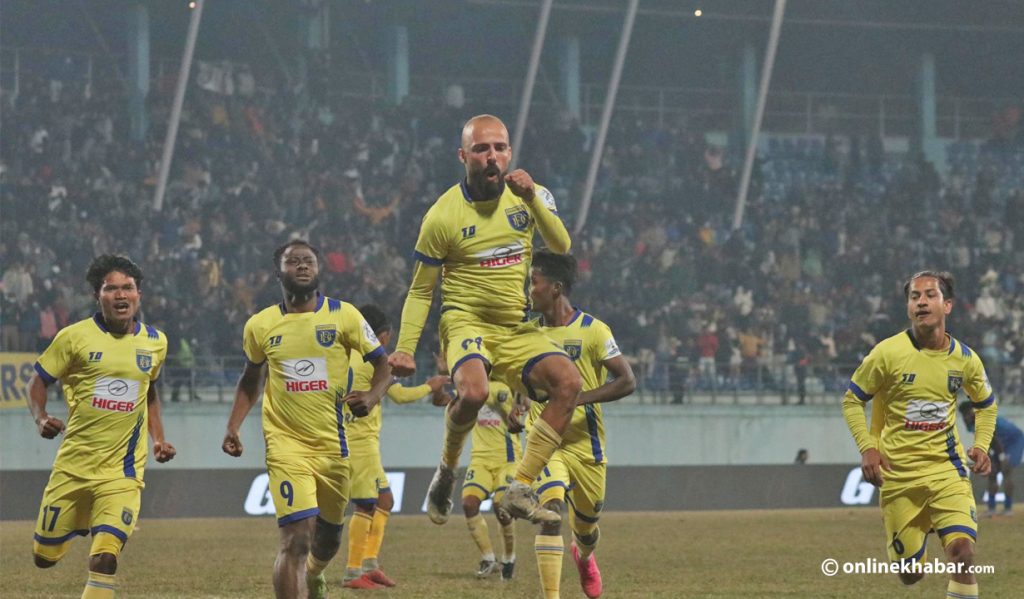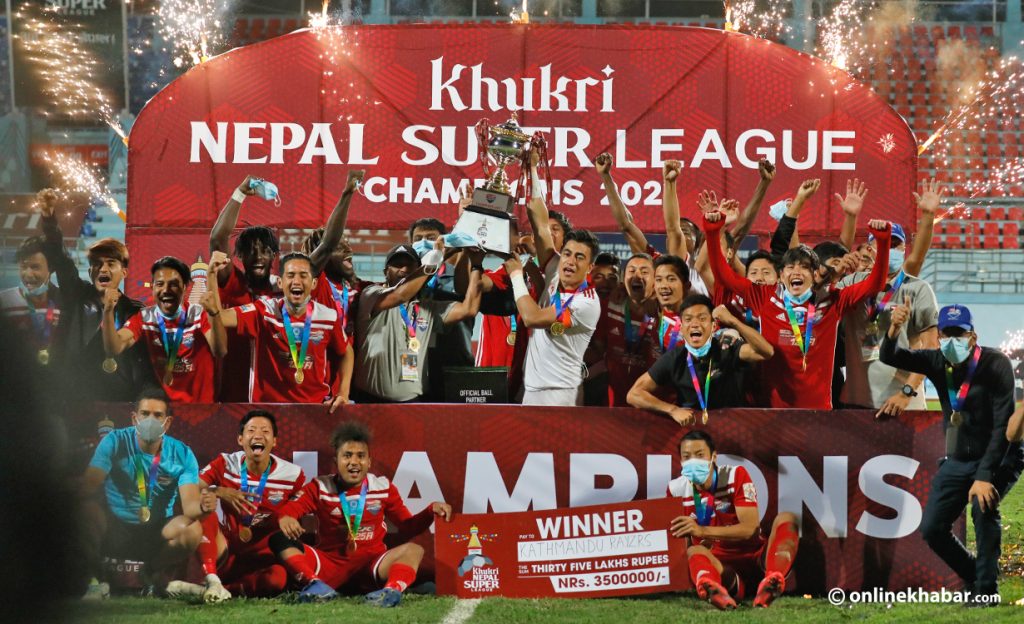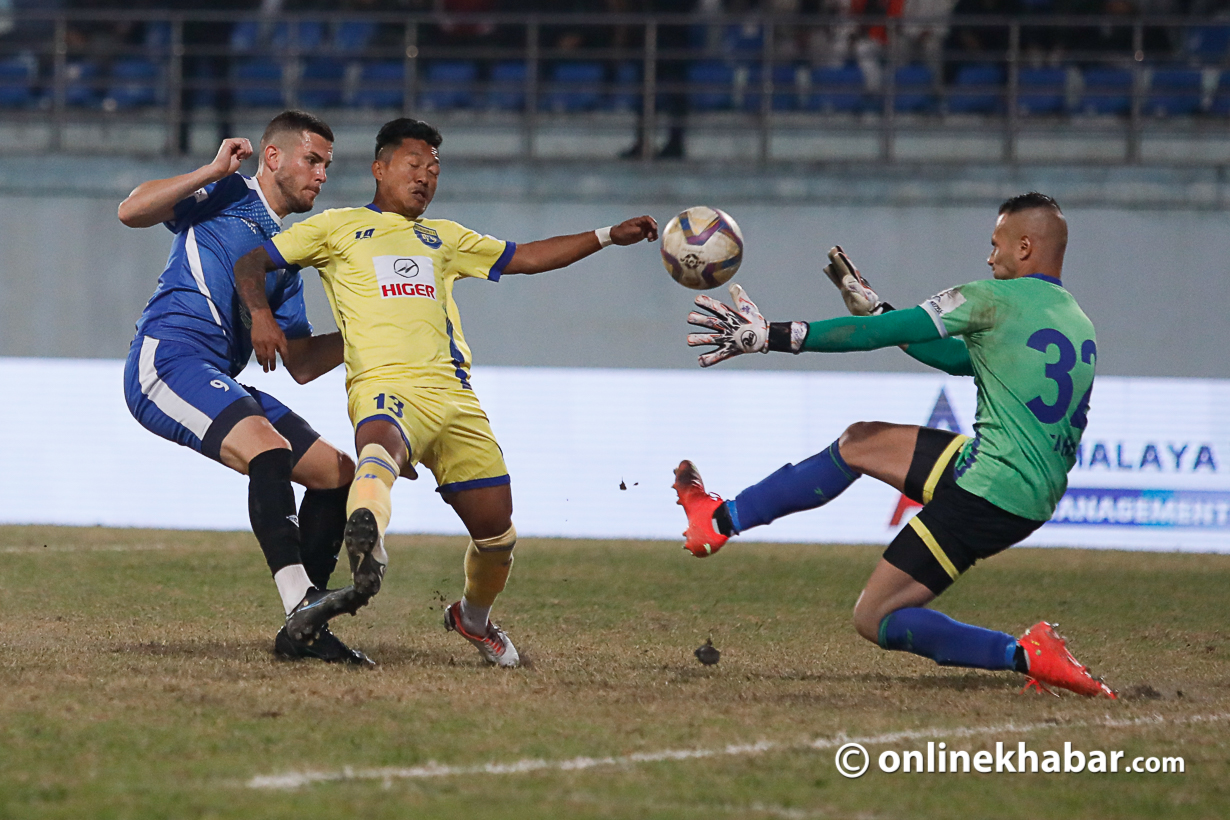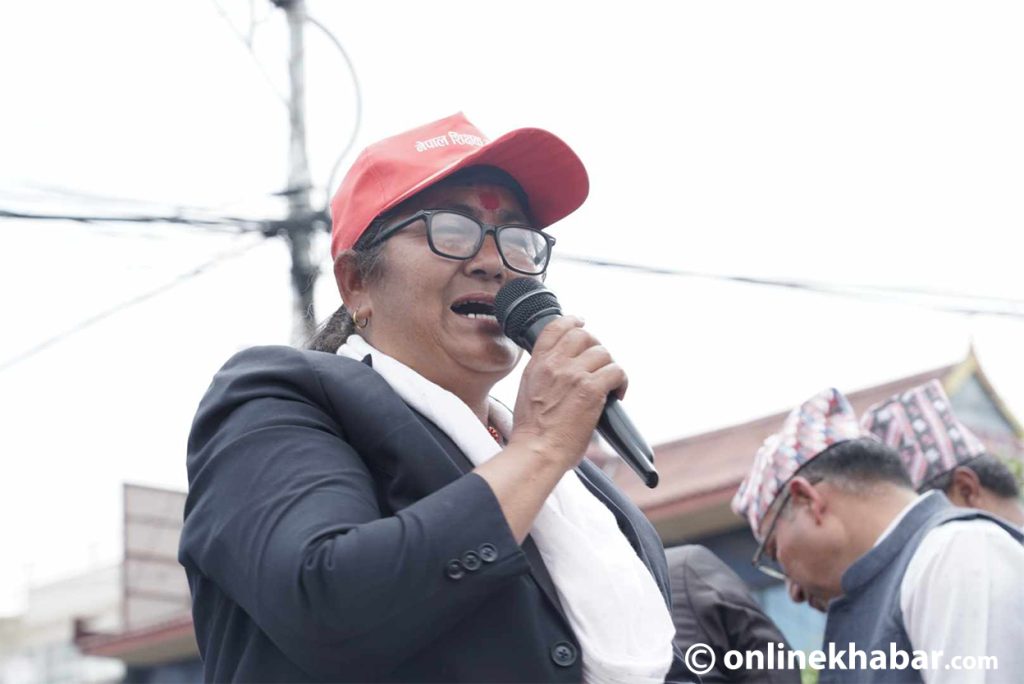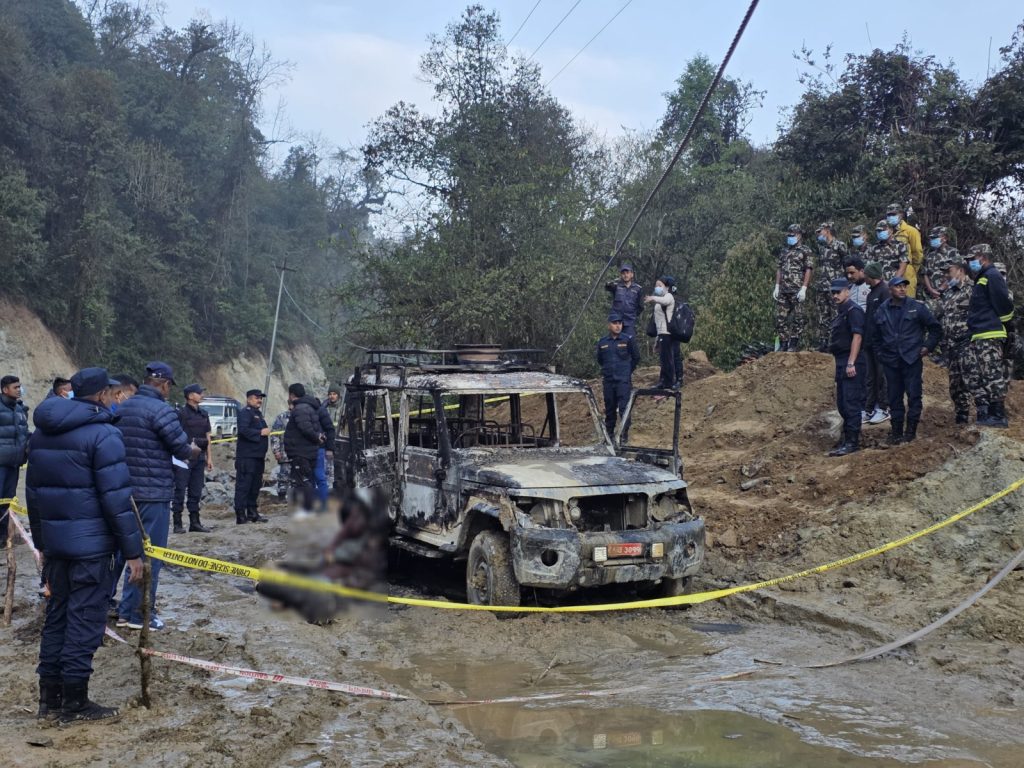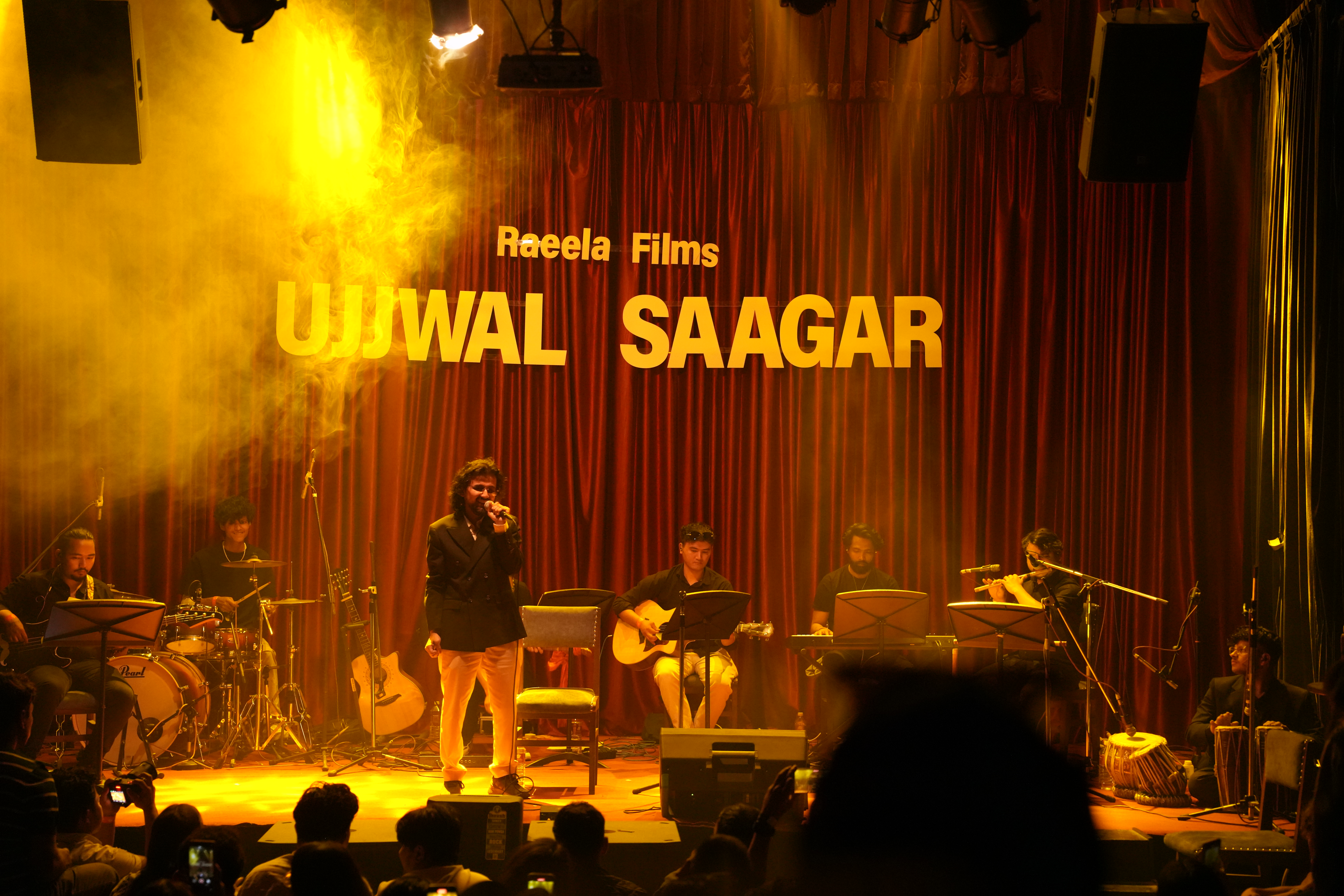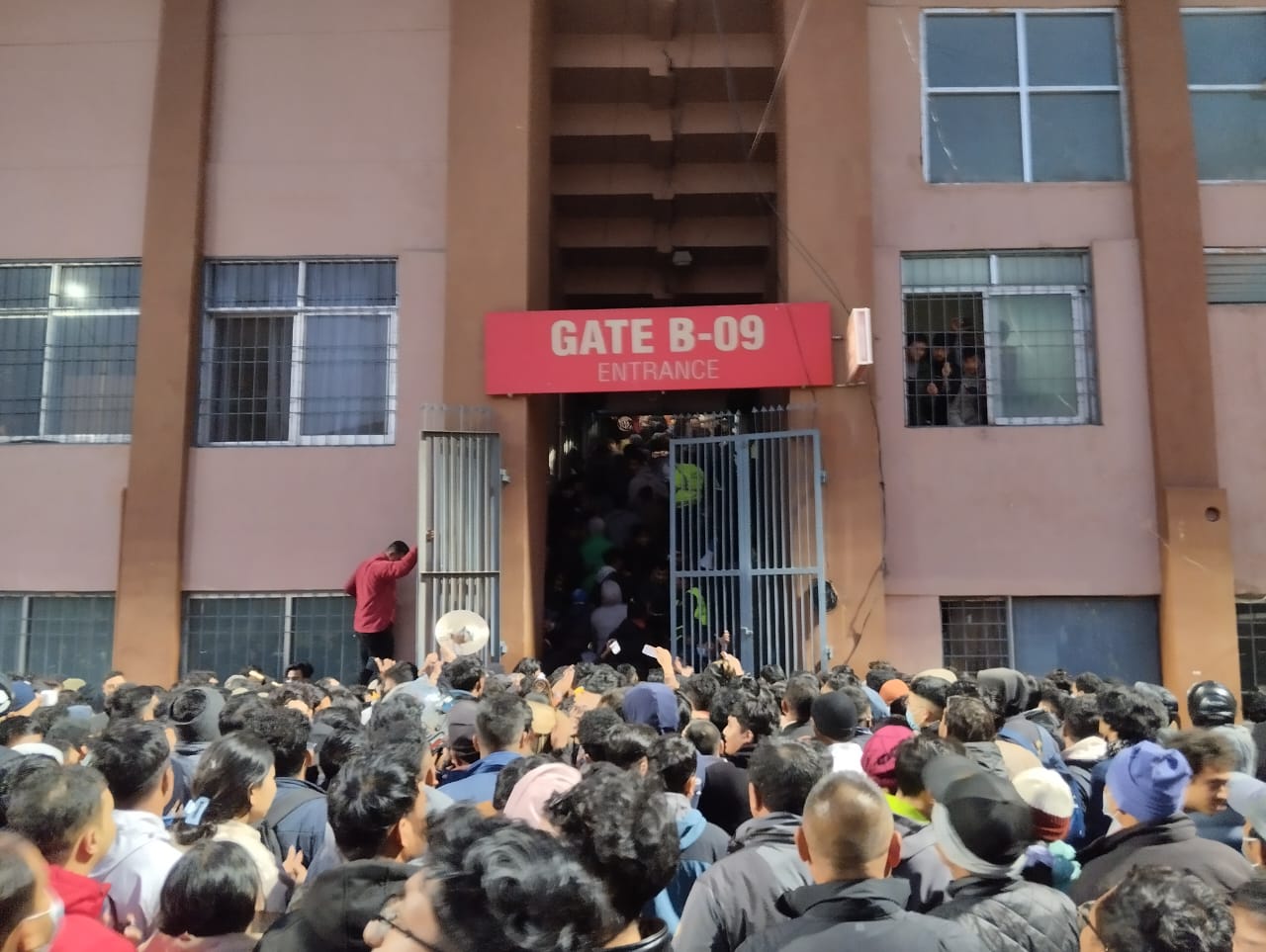
With Lalitpur City FC emerging as champions, the second edition of the Nepal Super League concluded yesterday. Reflecting on the past month, there were numerous positives as the league successfully united fans, drawing them to the stadium. The league succeeded in rekindling a football atmosphere that had been absent in Kathmandu for over a decade. However, the events in yesterday’s final have strongly influenced my decision to refrain from visiting a football stadium in Nepal ever again.
I was eagerly anticipating the final showdown between two of the strongest teams in the tournament. What allured me even more was the prospect of experiencing the passion and enthusiasm of fans from both sides. Witnessing their infectious energy during the playoff matches, I arrived at the stadium nearly two hours before the scheduled start of the match, eager to soak in the best of both fan bases.
As soon as I got there, I realised that I made a mistake.
The crowd was incredibly intense; it seemed like there were more than 10,000 people by 4 pm. Chaos ensued with long queues forming everywhere, whether it was at the front entrance of Dashrath Stadium, the northern entrance from the Army Headquarters, or the entrance from the National Sports Council.
The scene was frantic, with people standing in queues while others were rushing in. People were pushing and shoving. The police looked helpless as did those selling tickets at the counter. The IME Pay representative was in a state of panic, realising that there was no way such a large number of people could enter the stadium. He hastily stamped people without even checking their tickets, visibly frustrated.
By 5 pm, as I stood in the same queue, became evident that there were more people with tickets than the stadium’s capacity could accommodate. Despite this, the organisers seemed unfazed, with no apparent measures taken to address the situation from inside the stadium.
You might question whether the organisers assigned the police to manage the crowd. However, if you are unaware or live in a bubble, the police in Nepal often only know one way – to use their stick. This seemed to be their approach on Saturday as well as they stood there, pointing sticks at the crowd to ensure compliance. Is this the treatment that fans, who arrived two hours early, deserve? Is this the lasting memory the organisers of Nepal Super League wish to leave with fans – of police wielding batons against the crowd?

This is the same stick that took the life of Sujan Raut, an unemployed youth, on Friday. It is a symbol of force that has been wielded against numerous individuals. And here they were, resorting to the threat of using these sticks on football fans who held valid tickets, all because they seemed uncertain about how to manage the crowd.
That was the last straw for me. I chose not to go watch the Nepal Super League final because it did not feel worthy of my time or effort. Many others like me chose to go home as they feared for their lives.
On my way back, I saw people resorting to climbing walls and crossing barriers around the stadium. Some were desperate to gain entry at any cost, while others engaged in aggressive pushing and shoving, attempting to manoeuvre their way inside. The situation was teetering on the edge, and while I am relieved nothing untoward occurred, the organiser’s failure to recognise this is concerning.
I have attended football matches in numerous countries, but the organisation of the Nepal Super League final has to be ranked among the worst in the world.
Dashrath Ranghsala has experienced a major disaster in the past where 93 people died. The events of March 1988 are recounted with fear by my father, grandfather, and others of their generation. The way the crowd was being managed, or rather the lack of care by the organisers, if there were any, raises a crucial question: who would be held responsible if a similar incident had occurred on your grandest day?

The Dasharath Stadium has 10 entrances, but it appears that only six of them were open. These four entrances were expected to accommodate over 13,000 people. Are you serious? The purpose of having multiple gates is to ensure a smooth entry for fans and prevent issues like stampedes or overcrowding. The organisers of the Nepal Super League, who I assume have attended football games abroad and understand these basics, failed to take adequate measures on their biggest day.
In conclusion, I have a few questions for the organisers, Nepal Sports and Events Management. Where was the planning for the final? With nearly 7,000 people attending the playoff matches, should you not have been better prepared for the final? Do you not prioritise the well-being of the fans? The potential for a stampede was evident, especially considering the apparent lack of adequate security personnel. Even those present seemed overwhelmed and overworked. All they should do was show us their stick and threaten us. Is this what fans deserve?
I watched many Nepal Super League games sitting in the general parapet and it has always been a fantastic experience. I have never enjoyed watching club football in Nepal as much as I did this year. This has little to do with the quality of football but is largely thanks to the passionate fans of the respective clubs. However, the final of this tournament turned out to be a bittersweet moment for me.
Overselling tickets on such a significant day will surely come back to haunt you someday. What is even worse is the lack of an apology or any effort to address the issue for the thousands who held tickets and could not get in. Some of my colleagues praised the organisers for successfully bringing in fans to watch the Nepal Super League, comparing it with ANFA’s challenges during the A Division League this year. However, from my perspective, the organiser’s management during the final mirrored ANFA’s typical shortcomings—unprepared and flawed.
I understand that my perspective might not matter to you as organisers, but I feel compelled to express how you have lost a fan. I am one of many, who probably will never attend a game in a Nepali stadium. Your management last night has also led me to question whether you should continue hosting these tournaments in empty stadiums. Because if what happened yesterday continues during your future seasons, there is a genuine concern that something really bad could happen.






